States With the Most Expensive College Tuition
Despite a slight drop in college attendance amid the COVID-19 pandemic, the large majority of high school graduates go directly to college upon completing high school. According to data from the National Centers for Education Statistics (NCES), enrollment in four-year colleges has more than doubled over the last 50 years, going from a little over five million students in 1970 to nearly 11 million in 2019. At the same time, Census Bureau data shows that the share of the U.S. adult population with a four-year college degree has more than tripled, from 11% in 1970 to 36% in 2019.

For many, a college degree offers the most straightforward path toward securing a job and increasing pay. Research from Georgetown University suggests that 35% of job openings in 2020 required at least a bachelor’s degree and data from the U.S. Bureau of Labor Statistics shows a greater than 67% pay difference, on average, between high-school graduates and college degree holders.
While higher levels of education are necessary for many jobs, the cost to get this education has increased dramatically in the last several decades. In 1979, the average annual total cost of attendance—including tuition, fees, room, and board—for full-time undergraduates was $9,307 (in constant 2019-2020 dollars). By 2019, this rate had nearly tripled, to more than $25,000. The result is that currently, the average amount of debt a college graduate owes at graduation is $31,100, up from less than $10,000 in 1970.

DID YOU KNOW?
There are five major factors to focus on when working to build credit, including paying your bills on time and keeping your credit utilization low. Learn more about how to build credit with Self Financial.
Because of this, it’s not surprising that cost is one of the primary determining factors when considering where to attend college. In fact, roughly four out of every 10 high school students rated cost as “most important” in a recent Fidelity survey. However, a university’s published price is often not a strong indicator of what any individual might actually pay out of pocket to attend, after factoring in the availability of grants and scholarship aid. In recent years, more than 80% of first-time, full-time undergraduates attending four-year colleges received some form of financial aid. So rather than focusing on published sticker prices, prospective students and their families should focus on net price, which better reflects the dollar amount paid by those who can’t afford to pay full price.
To determine the states with the most expensive college tuition, researchers at Self Financial analyzed data from the National Center for Educational Statistics. The researchers ranked states according to the average net price for students awarded aid, defined as the total published price of attendance for full-time, in-state undergraduates less the average amount of grant and scholarship aid received. Researchers also calculated the average published total price, the average published price of tuition, fees, books, and supplies, the average published price of room and board, and total public undergraduate enrollment. Only public, four-year, degree-granting institutions were included in the analysis.
Here are the states with the most expensive college tuition.
States With the Most Expensive College Tuition

Photo Credit: Sean Pavone / Shutterstock
15. Kansas
- Average net price for students awarded aid: $16,832
- Average published total price: $24,126
- Average published tuition, fees, books, & supplies: $10,200
- Average published room & board: $13,926
- Total public undergraduate enrollment: 65,036
TRENDING
How long does it take to establish credit? If you’re new to credit, it might work faster than you think. The time it takes to rebuild credit depends on your situation and goals.

Photo Credit: Bob Pool / Shutterstock
14. Oregon
- Average net price for students awarded aid: $17,006
- Average published total price: $27,451
- Average published tuition, fees, books, & supplies: $12,383
- Average published room & board: $15,068
- Total public undergraduate enrollment: 69,780

Photo Credit: Jacob Boomsma / Shutterstock
13. South Dakota
- Average net price for students awarded aid: $17,956
- Average published total price: $22,929
- Average published tuition, fees, books, & supplies: $10,579
- Average published room & board: $12,350
- Total public undergraduate enrollment: 22,572

Photo Credit: Sean Pavone / Shutterstock
12. Alabama
- Average net price for students awarded aid: $18,189
- Average published total price: $27,113
- Average published tuition, fees, books, & supplies: $11,613
- Average published room & board: $15,500
- Total public undergraduate enrollment: 124,859
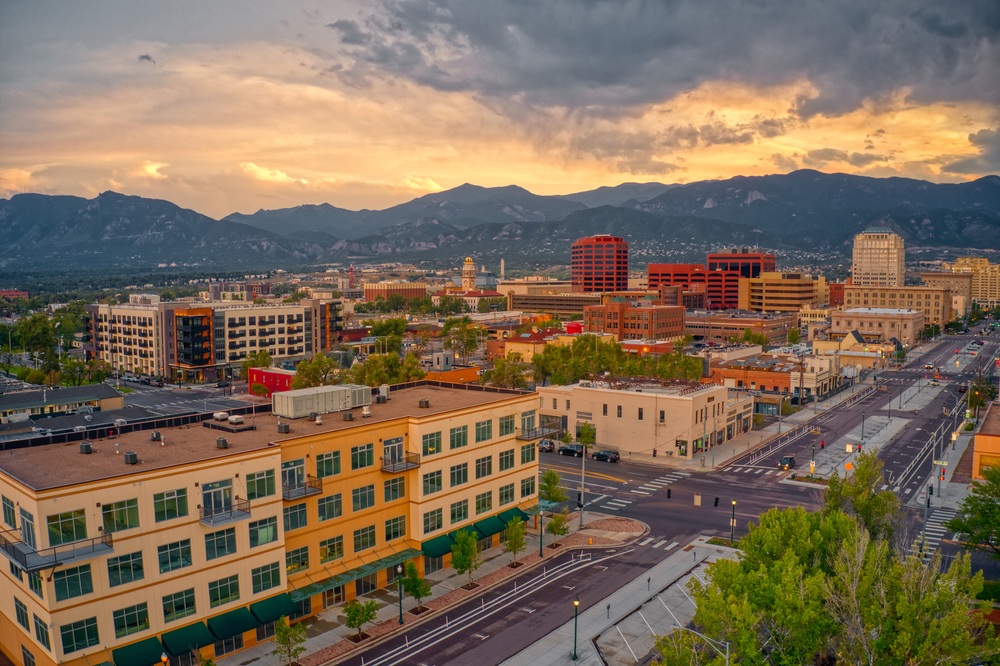
Photo Credit: Jacob Boomsma / Shutterstock
11. Colorado
- Average net price for students awarded aid: $18,247
- Average published total price: $28,394
- Average published tuition, fees, books, & supplies: $12,600
- Average published room & board: $15,793
- Total public undergraduate enrollment: 105,475

Photo Credit: Sean Pavone / Shutterstock
10. New Jersey
- Average net price for students awarded aid: $18,285
- Average published total price: $33,392
- Average published tuition, fees, books, & supplies: $16,064
- Average published room & board: $17,328
- Total public undergraduate enrollment: 138,374

Photo Credit: Jon Bilous / Shutterstock
9. Delaware
- Average net price for students awarded aid: $18,830
- Average published total price: $29,317
- Average published tuition, fees, books, & supplies: $14,409
- Average published room & board: $14,908
- Total public undergraduate enrollment: 24,112
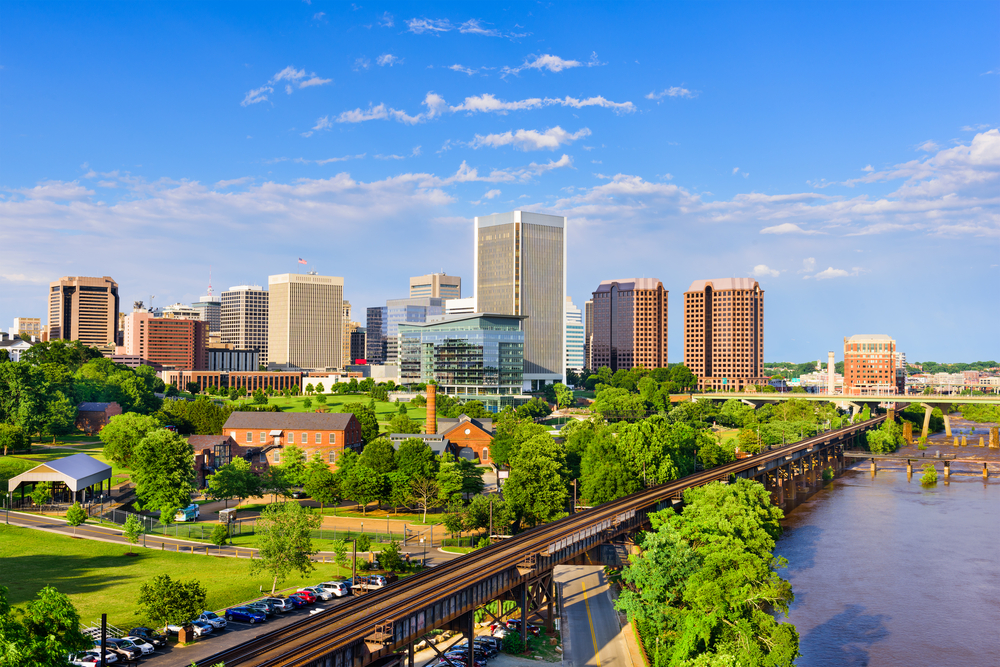
Photo Credit: Sean Pavone / Shutterstock
8. Virginia
- Average net price for students awarded aid: $19,043
- Average published total price: $29,487
- Average published tuition, fees, books, & supplies: $15,104
- Average published room & board: $14,383
- Total public undergraduate enrollment: 168,178

Photo Credit: Sean Pavone / Shutterstock
7. Ohio
- Average net price for students awarded aid: $19,110
- Average published total price: $27,827
- Average published tuition, fees, books, & supplies: $12,530
- Average published room & board: $15,297
- Total public undergraduate enrollment: 204,670
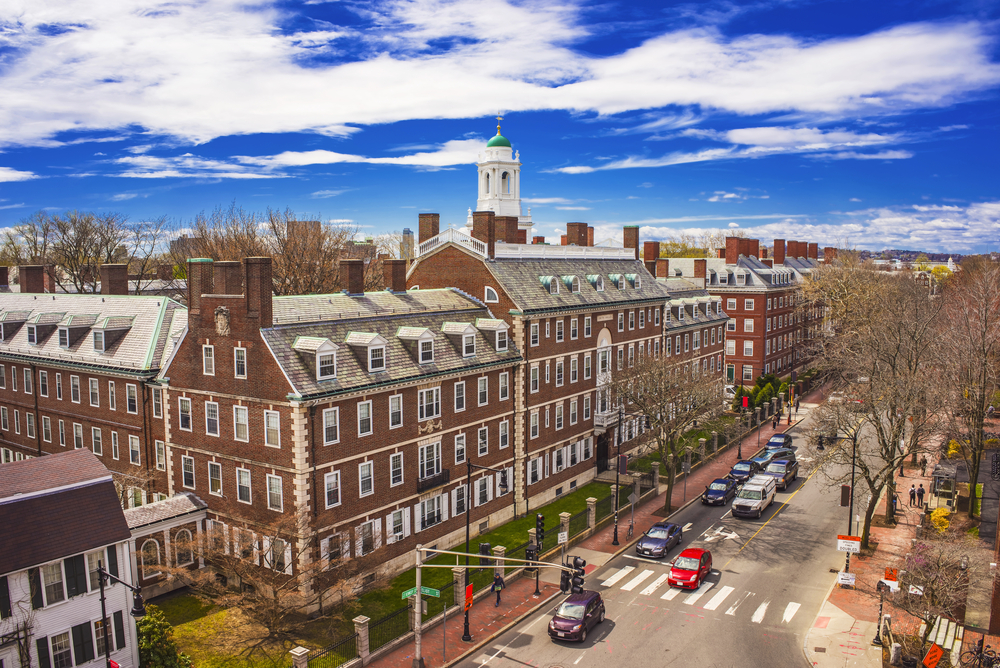
Photo Credit: Roman Babakin / Shutterstock
6. Massachusetts
- Average net price for students awarded aid: $19,467
- Average published total price: $30,290
- Average published tuition, fees, books, & supplies: $14,823
- Average published room & board: $15,466
- Total public undergraduate enrollment: 90,404

Photo Credit: Sean Pavone / Shutterstock
5. Vermont
- Average net price for students awarded aid: $19,510
- Average published total price: $33,047
- Average published tuition, fees, books, & supplies: $18,450
- Average published room & board: $14,596
- Total public undergraduate enrollment: 14,870
RELATED
Is your credit score lower than you’d like? Using a secured credit card—a credit card that uses a security deposit as collateral—can be an excellent way to build credit.

Photo Credit: f11photo / Shutterstock
4. Connecticut
- Average net price for students awarded aid: $19,524
- Average published total price: $30,847
- Average published tuition, fees, books, & supplies: $15,079
- Average published room & board: $15,768
- Total public undergraduate enrollment: 44,907
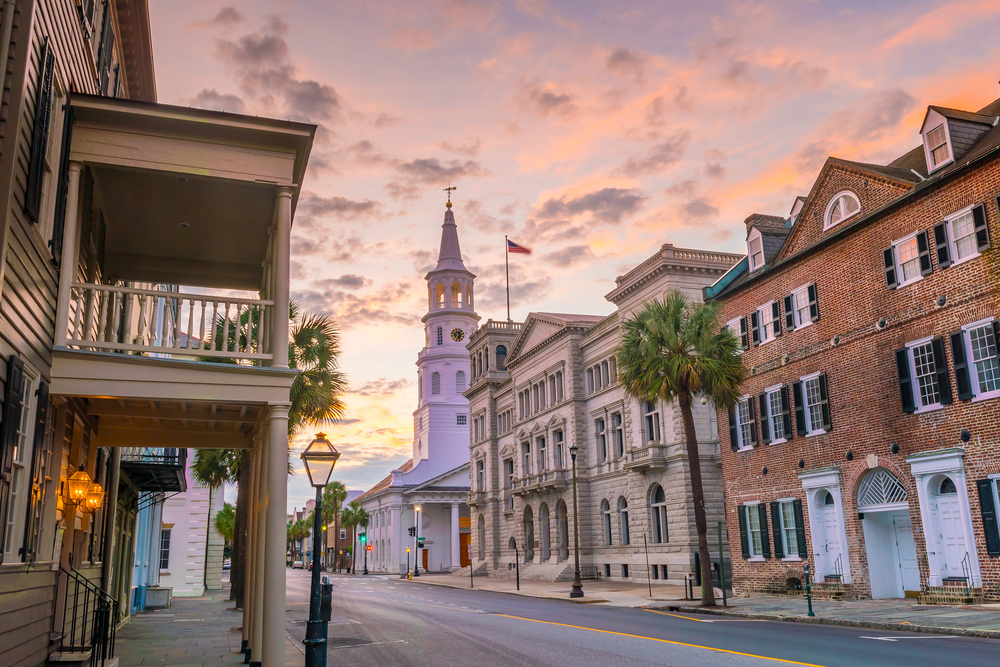
Photo Credit: f11photo / Shutterstock
3. South Carolina
- Average net price for students awarded aid: $19,608
- Average published total price: $28,825
- Average published tuition, fees, books, & supplies: $14,600
- Average published room & board: $14,226
- Total public undergraduate enrollment: 93,560

Photo Credit: Jon Bilous / Shutterstock
2. Pennsylvania
- Average net price for students awarded aid: $20,477
- Average published total price: $30,299
- Average published tuition, fees, books, & supplies: $15,183
- Average published room & board: $15,116
- Total public undergraduate enrollment: 131,633
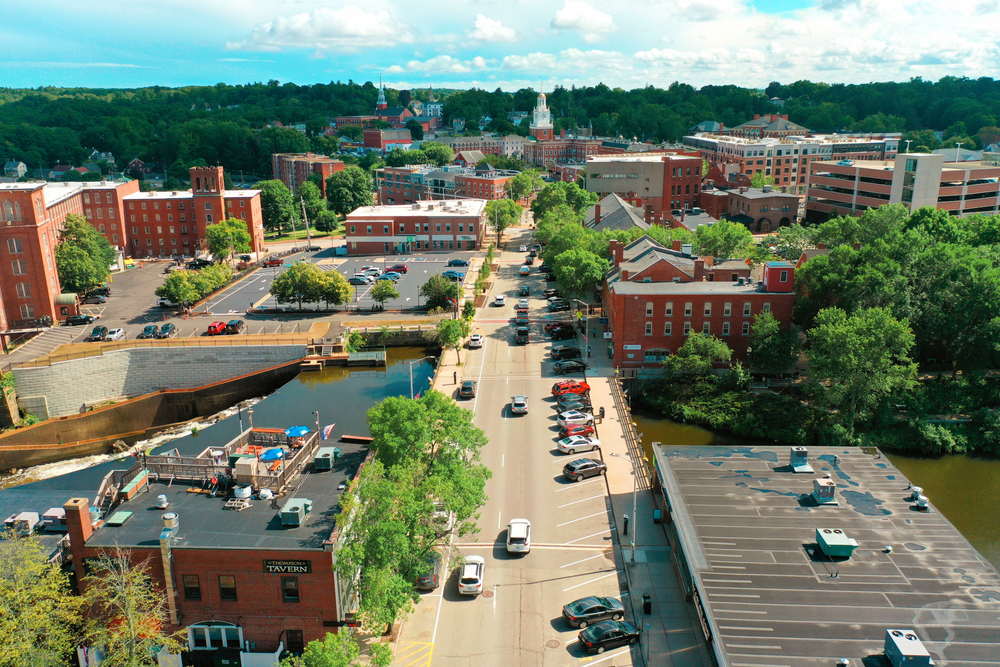
Photo Credit: Loud Canvas / Shutterstock
1. New Hampshire
- Average net price for students awarded aid: $22,976
- Average published total price: $32,672
- Average published tuition, fees, books, & supplies: $18,299
- Average published room & board: $14,373
- Total public undergraduate enrollment: 21,470
Detailed Findings & Methodology
To determine the states with the most expensive college tuition, researchers at Self Financial analyzed data for the 2019-2020 school year from the National Center for Educational Statistics Integrated Postsecondary Education Data System (NCES-IPEDS). The researchers ranked states according to the average net price for students awarded aid, defined as the total published price of attendance for full-time, first-time degree/certificate-seeking undergraduates paying the in-state tuition rate less the average amount of federal, state or local government, or institutional grant and scholarship aid. Researchers also calculated the average published total price, the average published price of tuition, fees, books, and supplies, the average published price of room and board, and total public undergraduate enrollment. For each state, weighted average pricing statistics were calculated using each institution’s estimated full-time equivalent enrollment. These figures represent the cost for one year of college. Only public, four-year, degree-granting institutions were included in the analysis; online-only institutions were excluded.












